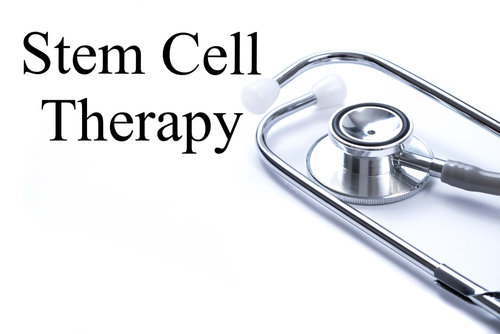15-month old girl from Zambia undergoes cell-based therapy in Mumbai to treat rare Amniotic Band Syndrome
UNI Jan 30, 2018
A 15-month-old baby girl from Zambia has recently undergone an autologous (autogenic) cell-based therapy in a Mumbai hospital for treatment of amniotic band syndrome (ABS), making it the first case being treated in India.

ABS is a group of congenital malformations, which occur due to an early rupture of the amniotic sac, or one layer of the bag of waters that is closest to the fetus. The fetus’ arms and legs, tangled around the amniotic bands, may be amputated during intrauterine development due to loss of blood flow. The variability in the type and severity of the anomalies caused by this syndrome can be attributed to the stage at which the amniotic membranes rupture.
According to recent epidemiologic data, the occurrence of ABS is around 1 in 15,000 live births and it exhibits no special preference for a specific gender or race, however, some studies report a slight preference for Afro-Caribbean individuals. The pathogenesis of the ABS has not been totally elucidated, but it probably has a genetic origin.
Since birth, Zinnia Munthali was experiencing occasional swelling and itching on the left lower leg and the fingers of her right hand had flesh overgrowth, thus giving an appearance of deformity. At seven weeks of age, Zinnia underwent first corrective surgery and another at fifth month of age to remove the fibrotic bands in her limbs. However, as there was no improvement in appearance of the bands or in symptoms, her parents heard about the Cellular Therapy in India and decided to come to the country for treatment.
Zinnia underwent three sessions of autologous cell-based therapy in the Adigos Stem Cells Hospital in city, wherein the platelet rich plasma was injected locally into the affected areas besides refashioning of excess mass of index finger and ring finger was also done. On her leg, scaffold technology was used to provide extracellular matrix support to the administered cells.
In addition, oxygen therapy was also given as an adjunct to cell and scaffold based therapies, in order to achieve adequate tissue oxygenation and enhance healing. After the treatment, Zinnia is undergoing regular physiotherapy
rehabilitation as well. Within a month, the fibrotic bands were less visible. Zinnia’s leg movements were free and no swelling was observed. Itching too had reduced considerably. She can now walk freely.
Zinnia's case is rare and she is under treatment using regenerative medicine and cell-based technology, says Dr. Pradeep Mahajan, Regenerative Medicine researcher, Mumbai, who runs the Adigos Stem Cells Hospital, said in a release here on Monday. Diagnosis of ABS is usually missed and there are no treatments, he said and informed that corrective surgeries are not only very difficult but also do not give desired results.
"Cell-based therapy is very promising in rare conditions because of the inherent healing ability of our body cells and tissues. Zinnia being a young child has benefited from the therapy quite fast. She will require maintenance dose therapy after further evaluation to ensure complete healing of the fibroid bands and achieve optimum functional and cosmetic results," added Dr. Mahajan.
-
Exclusive Write-ups & Webinars by KOLs
-
Daily Quiz by specialty
-
Paid Market Research Surveys
-
Case discussions, News & Journals' summaries